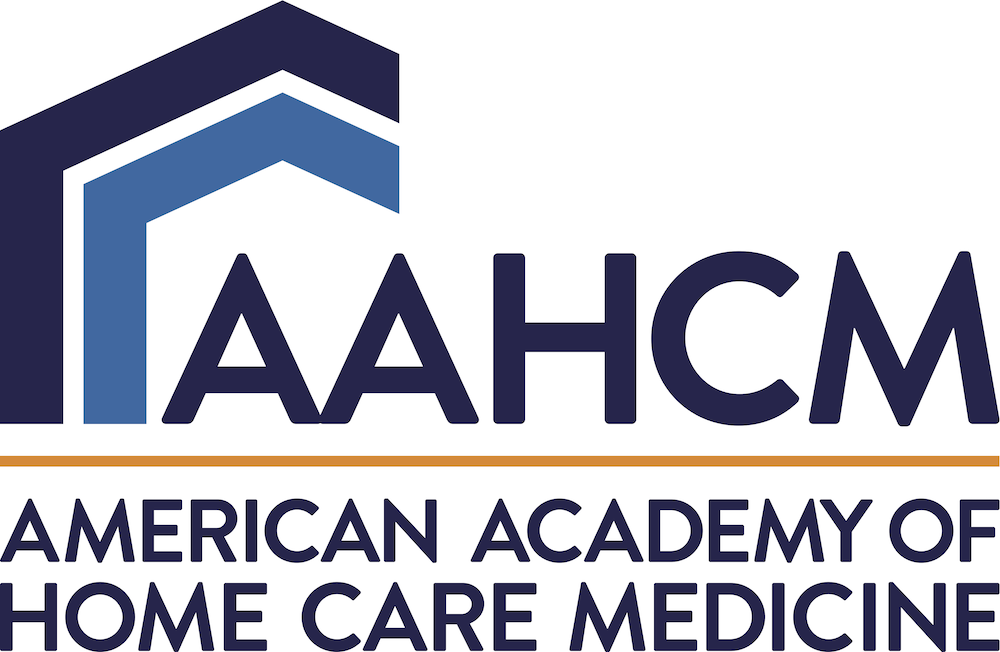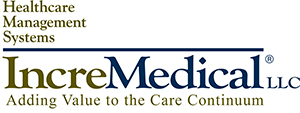How Direct Contracting Transforms Home-Based Primary Care
Home-based primary care has historically been a high-value but low-volume service due to logistical hurdles such as drive time and patient complexity. The resulting low fee-for-service revenue made scaling difficult. This year, with the introduction of its direct contracting model—made possible by creating direct contracting entities (DCEs)—CMS has created an economic engine to fuel the expansion of home-based primary care.
Alignment with Value-Base Primary Care
Building on earlier Medicare Advantage Plans and Medicare Shared Savings Programs, including the NextGen Accountable Care Organization (ACO), direct contracting aims to improve outcomes for beneficiaries with chronic health conditions while lowering healthcare costs.
Primary care providers who elect to become participant providers in the program are compensated based on outcomes instead of volume associated fee-for-service revenue. A fixed amount paid monthly per patient gives participant providers a reliable revenue stream that grows with each patient they add under the program.
Beneficiaries who choose direct contracting enjoy greater access to enhanced services, including at-home care, at no additional cost and without losing any of their coverage privileges and benefits.
More Flexibility for Primary Care Providers
DCE lifts restrictions and puts decision-making into the hands of primary care providers, enabling them to optimize treatment plans and decide how and where medical care is provided, including at home. Plus, participant providers can reduce their administrative burden by aligning with DCEs that take this on. This allows them to spend time with patients and develop innovative, individualized treatment plans that help manage disease and improve quality of life.
DCE Benefit: Reduction in Hospital Stays, Increase in DCE Revenue
Home-based primary care providers know the sickest patients benefit from home care. For instance, 65% of patients are hospitalized in the last 90 days of life, and 29% are in the ICU in the last 30 days, which increases risks and costs. With improved access to home care, we have found that only 37% are admitted to the hospital, and 5% are in the ICU, with the rest remaining at home where they most want to be, according to studies.1
For example, in a population of 10,000 DCE lives, 5% (500 patients) of the sickest patients would be targeted for home-based primary care. These 500 patients under Medicare fee-for-service could potentially generate an estimated annual revenue of $1.2 million compared to $16.3 million with direct contracting. The $16.3 million covers all costs, including but not limited to hospital stays, rehab, home health and hospice, primary care, specialists, and ancillaries.
Choosing the Right DCE
The future looks bright for home-based primary care, but participant providers must wisely choose the DCE they align with. Although CMS describes direct contracting as a risk-sharing arrangement, there’s virtually no risk for participant providers aligned with a top-tier DCE such as VillageMD, which assumes up to 100% of the risk and is capable of managing costs within their allotted CMS budget.
When evaluating DCEs, I recommend you look for one experienced in contracting with CMS, and that leverages advanced technology to provide the patient-level data and tools required to successfully meet the needs of medically complex patients. Additionally, a DCE must be knowledgeable about benefit waivers, including waiver of the homebound requirement for home health to preferred networks, and contract with private duty home aid companies and other healthcare specialists to support their participant provider’s decisions for specialized care. Choosing the right DCE will help ensure success for everyone involved.
By Thomas Cornwell, MD
Senior Medical Director of Village Medical at Home
1Teno; Site of Death, Place of Care, and Health Care Transitions Among US Medicare Beneficiaries, JAMA 2018










